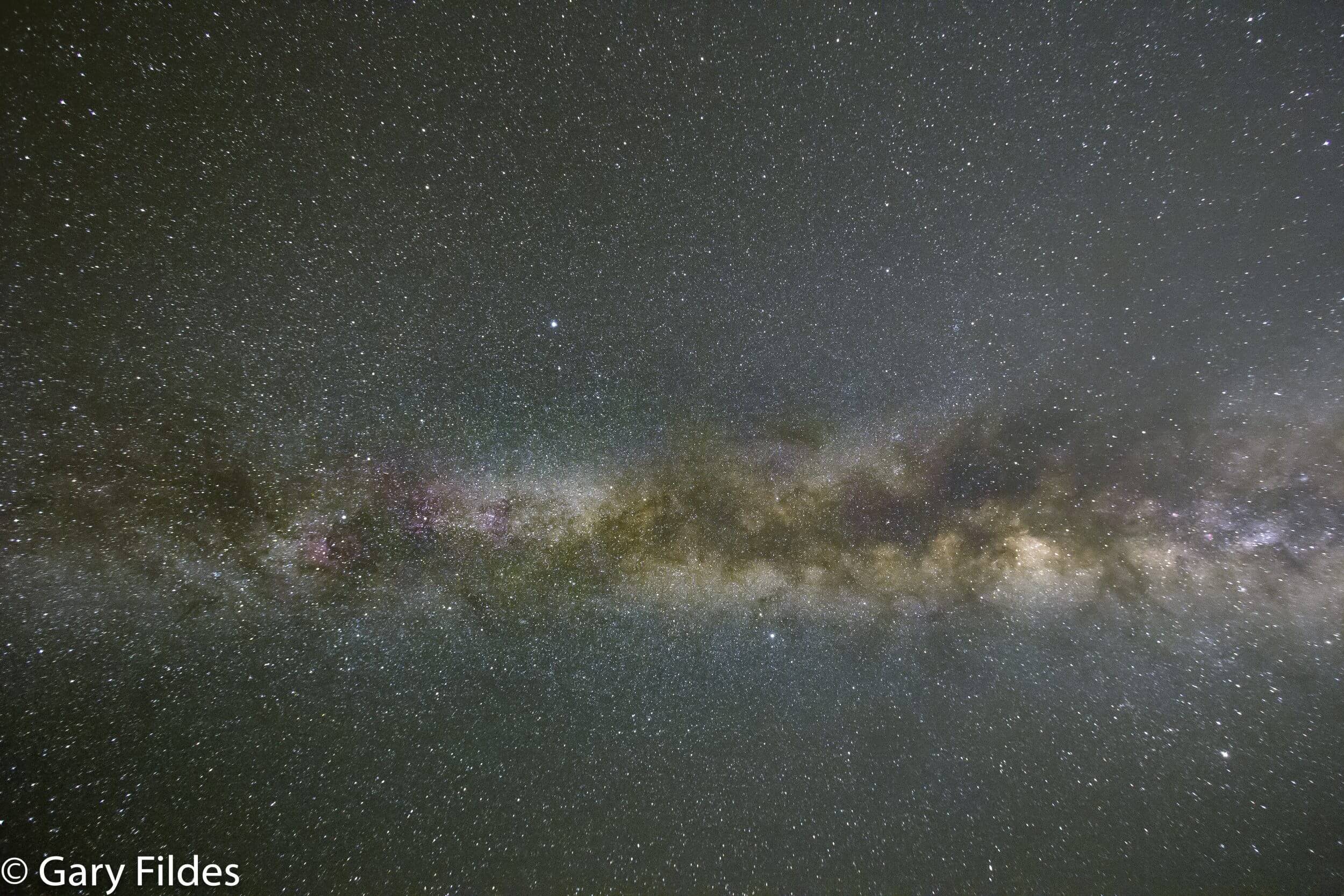
The Best Time To Visit Grassholme Observatory
Our visitors want to see the sky as dark as possible so objects like the Milky Way, star clusters and the myriad of stars are visible. Here’s what you need to know when planning a visit…

Our visitors want to see the sky as dark as possible so objects like the Milky Way, star clusters and the myriad of stars are visible. Here’s what you need to know when planning a visit…
Stargazing is such a wonderful pastime that any time of year is a good time to look at the sky – but our expectations can be varied and differ considerably, so we have decided to try and accommodate most aspirations under the stars. We will summarise those highlights and why we get dark skies at certain times and not so dark skies at others.
The majority of our visitors want to see the sky as dark as possible so they can see objects like the Milky Way, star clusters and the myriad of stars. If you fall into that category, then there’s a bit you need to know.
Every 29.5 days the Moon, goes from full-phase and back to full again, meaning there’s a full Moon every 29.5 days. The full Moon corresponds to it being opposite to the Sun in the sky so, its ‘face’ is fully illuminated. During these times that the night sky is at its brightest, with fewer stars are visible, 14 days on either side of that period is the “New Moon” this is when the Moon is near to the Sun as we see it meaning there is no illuminated Moon in the sky, this is when the sky is at its darkest.
When the Moon is in this phase and near to the ‘new Moon’ phase, we will run our “Dark Sky” events on the calendar available at the earlier time of 8 pm. Or you can attend the “Dark sky Astronomy “or a more intimate event with reduced numbers later that evening (on weekends only) that starts at 11.30 pm. These events are called “Late Night Dark skies” and will only run when no Moon is visible in the sky and, so you see the sky at its very darkest.
The Moon is great to observe when the Moon heads towards its first quarter around five days after the new Moon, we see its beautiful crescent phase in this phase, we may run our Moon Nights. A week or so later and the Moon is back to its full phase, so the sky loses its dark appearance leading to the faint stars and milky way being no longer visible.
During the Wintertime, we have long cold clear nights and, it’s the best time to see stars and experience the dark skies due to having more hours of darkness. As we head towards the Spring, the sun stays above the horizon longer, so our hours of darkness start to decrease. As we get into Summer, the skies don’t get dark at all. During these times that we may close the facility until August, where the dark skies return.
From November through to the end of February – Expect long, cold, dark nights, especially during new moon periods. The Winter Milky Way is visible stretching across the sky and sailing past the huge and memorable constellation of Orion with the well-known three belt stars.
A stunning time of year to stargaze, be sure to wrap up warm! However, our cosy warm room has all you will need, from freshly ground coffee to warm radiators!
Darkness can fall as early as 4.30 pm in December! During this period, we can get adverse weather, so be sure to check for updates.
From March to the end of May – During this period, we see the nights start to warm slightly and night-time hours of darkness steadily decreasing as we head into May. We now may be able to see the spring constellations rise like Leo and Coma – where galaxies reside. The Milky way climbs higher too.
From June through to Mid – August – During this time, we see our balmy summer evenings when the planets sit higher on the southern horizon and darkness gradually succumbs to a twilight that lasts until the end of July. Dark skies are now gone completely, and the Milky way fades to a faint blur as the azure blue of twilight reigns the skies. We do get to see the elusive and famed noctilucent clouds during this period, so all is not lost for stargazers.
From Mid – August to November is the prime time to get here and visit us with the Milky way now high overhead and darkness returning, it’s a beautiful sight, and the evenings are still mild. This season starts with a bang as the Perseid meteor shower starts off the new stargazing season, a must for all stargazers.
Most people who own a camera have tried taking pictures of the night sky in some way! Sometimes you get …
Find out More